
Visiting Associate Professor @Stanford. Writing ‘The Great Gender Divergence’ with @PrincetonUPress. @BritishAcademy_ Mid-Career Fellow.
10 subscribers
How to get URL link on X (Twitter) App

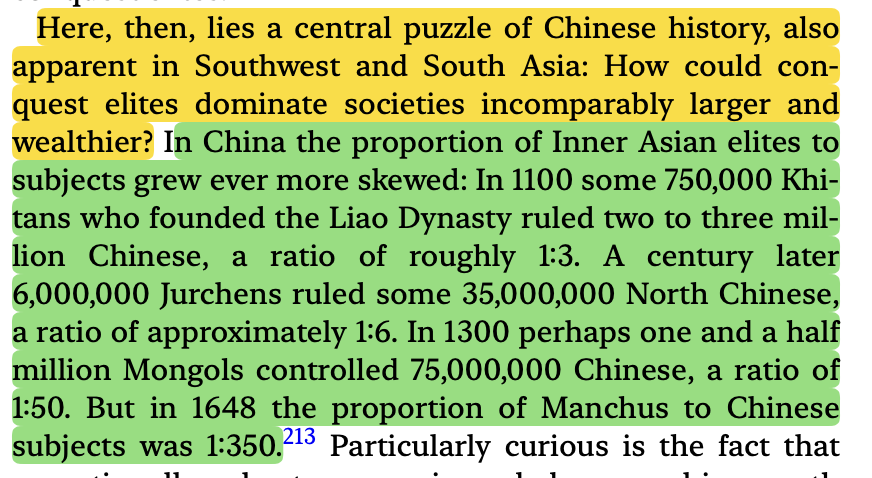


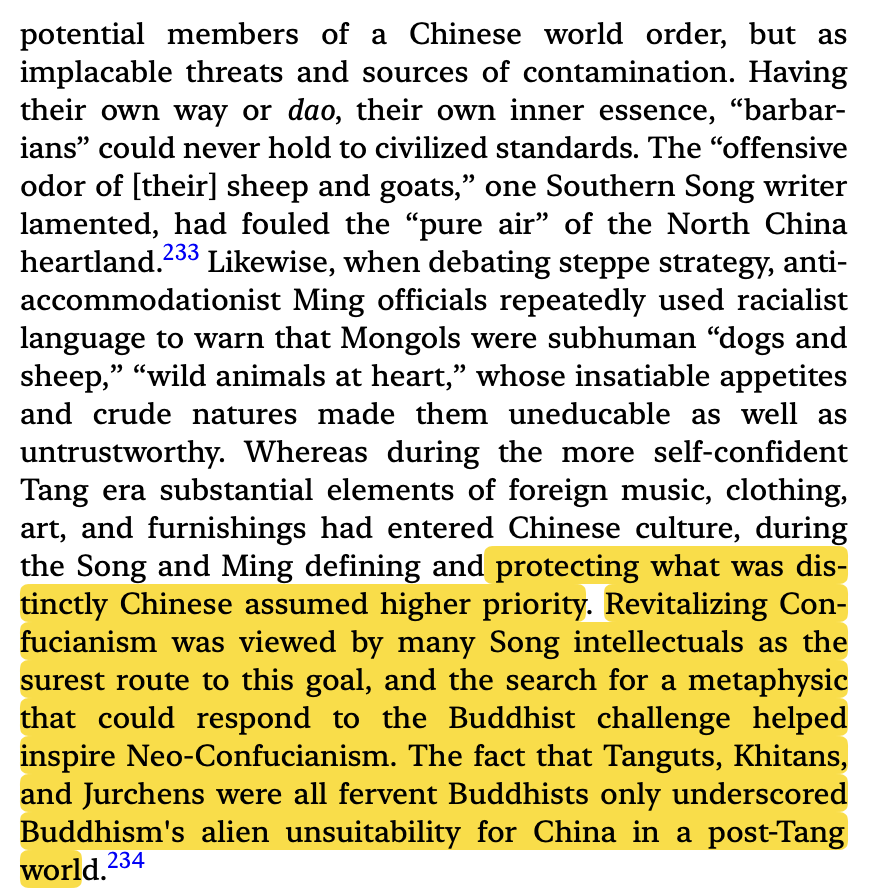 The Qing were another Inner Asian conquest dynasty, and explicitly patronised Chinese literature and art, so as to strengthen loyalty
The Qing were another Inner Asian conquest dynasty, and explicitly patronised Chinese literature and art, so as to strengthen loyalty 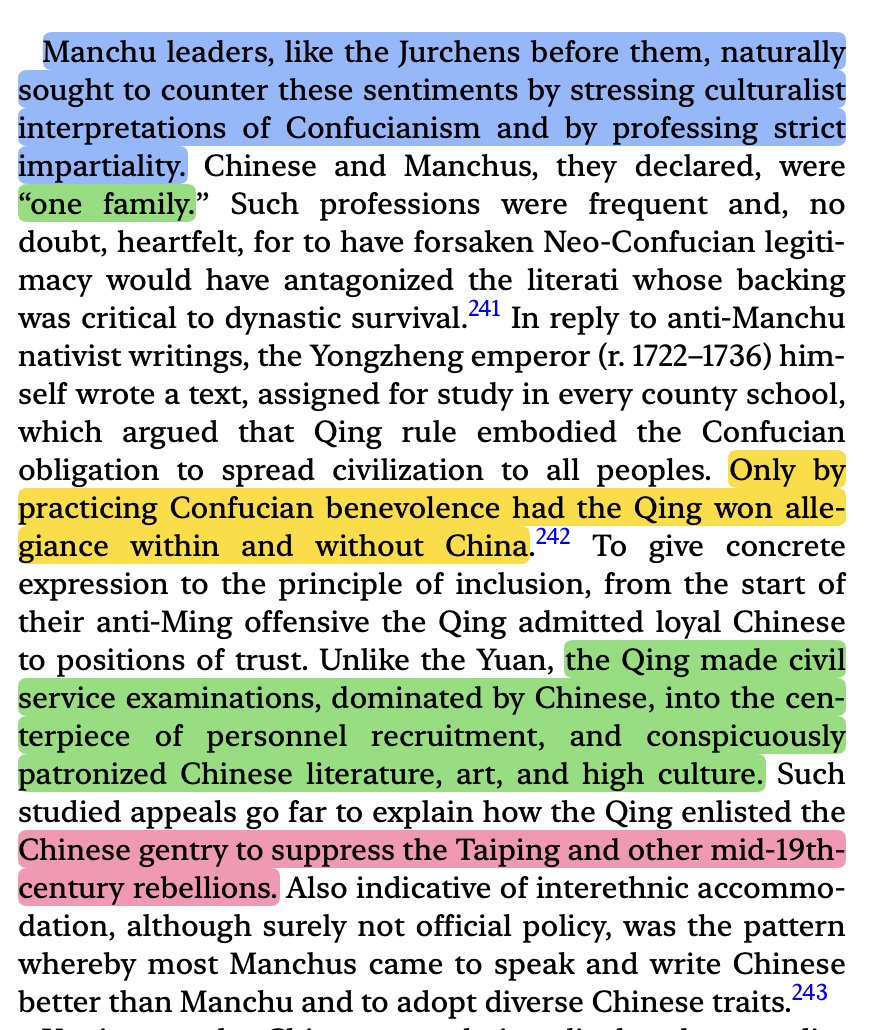


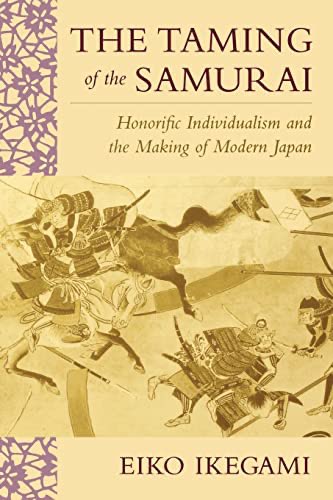 As I have emphasised, the Ethnographic Atlas has been terribly misused and mistreated.
As I have emphasised, the Ethnographic Atlas has been terribly misused and mistreated. 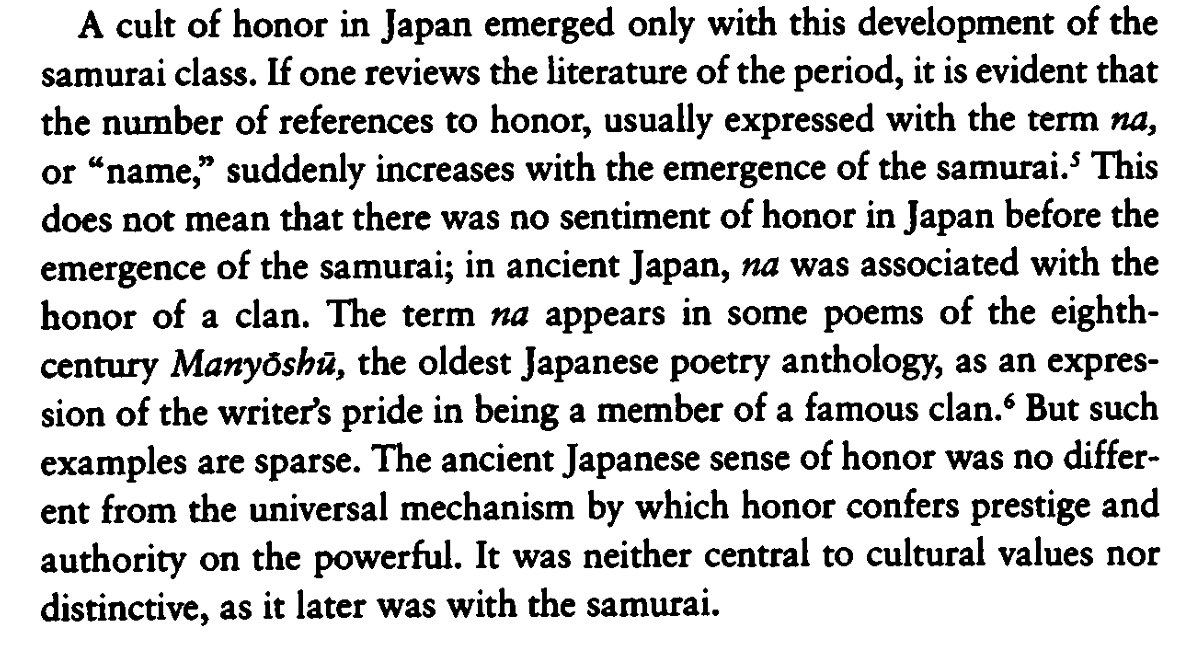

 The economic inactivity rate is especially high for women who come after age 15.
The economic inactivity rate is especially high for women who come after age 15. 


 What's going wrong?
What's going wrong?

 Zeghal constructs fantastic data sets on religiosity over time
Zeghal constructs fantastic data sets on religiosity over time

 Even controlling for religion, education, age, marital status, immigration status, gender, and employment status,
Even controlling for religion, education, age, marital status, immigration status, gender, and employment status,

 Personal online entertainment (podcast bros, online gambling, video games, TikTok games) are so addictive & engaging
Personal online entertainment (podcast bros, online gambling, video games, TikTok games) are so addictive & engaging 

 Online connectivity enables individuals to forge tribes with ideological allies across the world, while paradoxically spending more time alone.
Online connectivity enables individuals to forge tribes with ideological allies across the world, while paradoxically spending more time alone. 


 Between 1950 and 2020, China reduced female teenage fertility rates from 84 to 12 births per 1000 females aged 15–19 annually and India from 144 to 17 per 1000.
Between 1950 and 2020, China reduced female teenage fertility rates from 84 to 12 births per 1000 females aged 15–19 annually and India from 144 to 17 per 1000.



 All major Wall Street Banks have quit industry groups that focus on climate.
All major Wall Street Banks have quit industry groups that focus on climate. 

 From the 1960s, US fertility fell primarily due to fewer births AMONG COUPLES.
From the 1960s, US fertility fell primarily due to fewer births AMONG COUPLES. 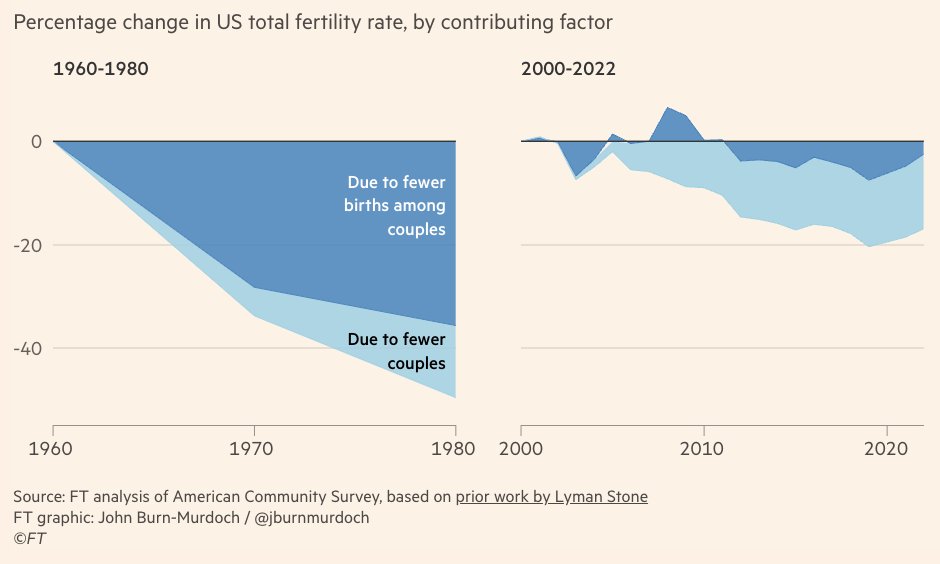

 While some blame the apps, or other matching frictions,
While some blame the apps, or other matching frictions, 

https://twitter.com/economeager/status/1861656503264141336Afaik, @gabydesch is the first to empirically quantify and test this major driver of patriarchy.

 (2) So the Economist considers whether this is just dodgy data (counting household work), economic distress, or government schemes to support female entrepreneurship.
(2) So the Economist considers whether this is just dodgy data (counting household work), economic distress, or government schemes to support female entrepreneurship.

 “Women could not be considered in the likeness of God..
“Women could not be considered in the likeness of God..